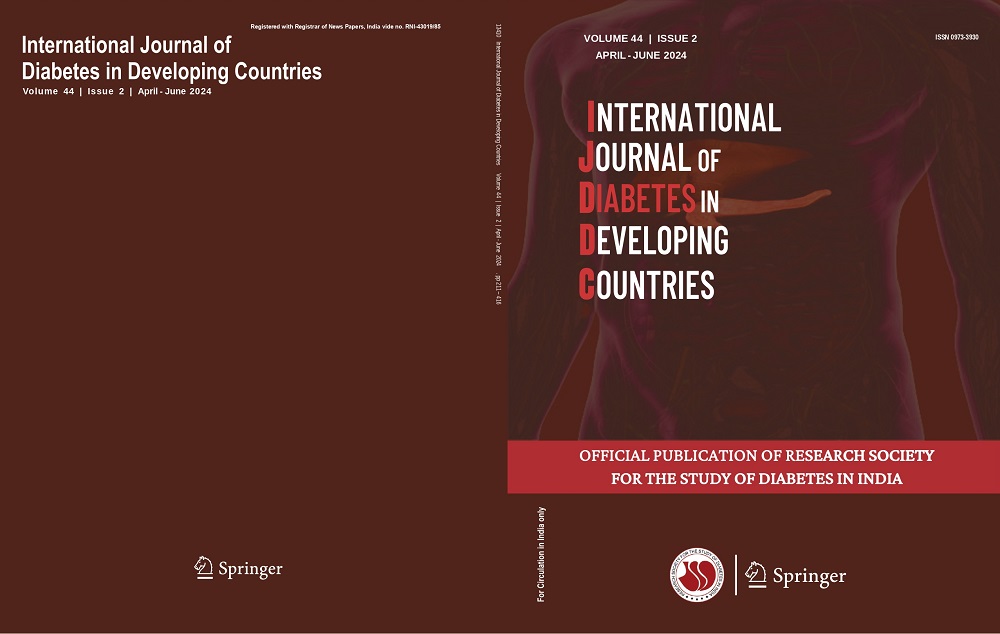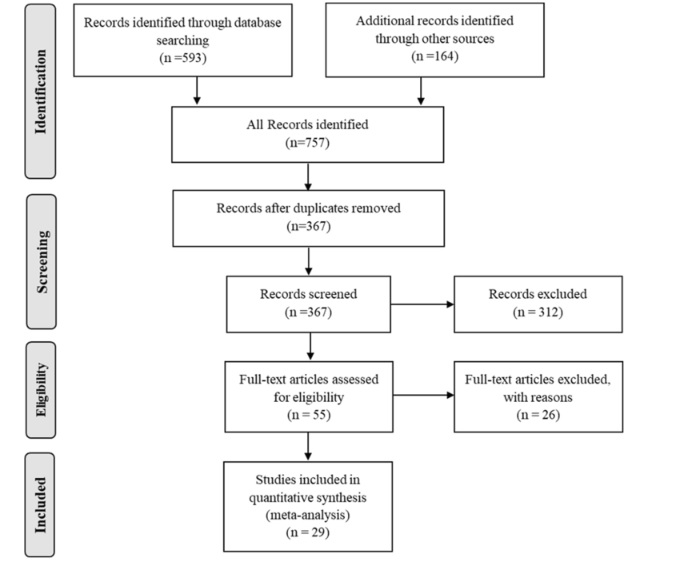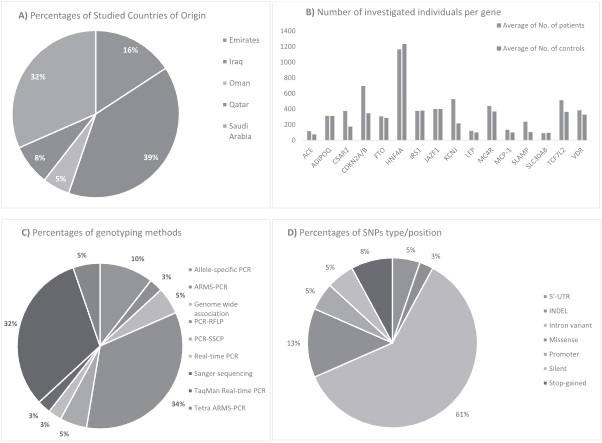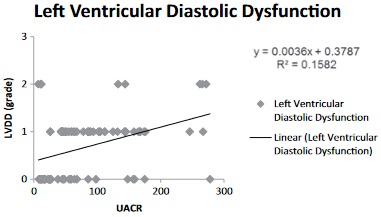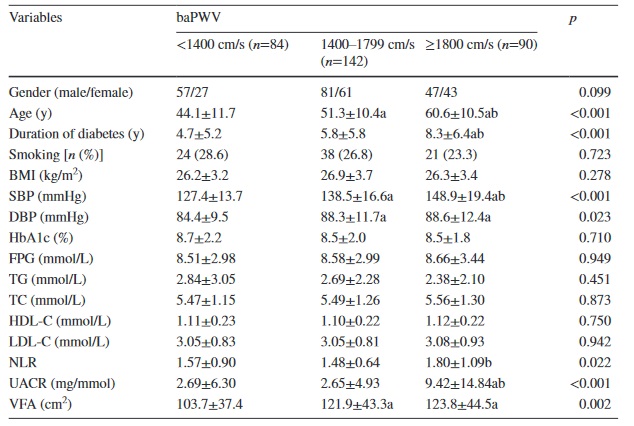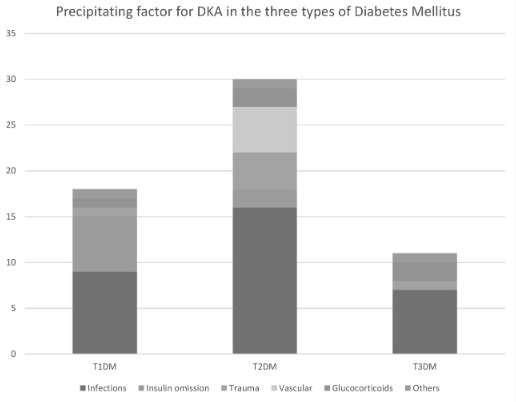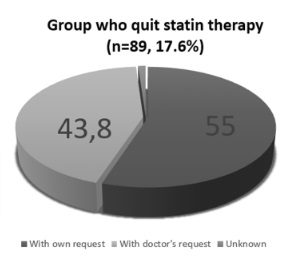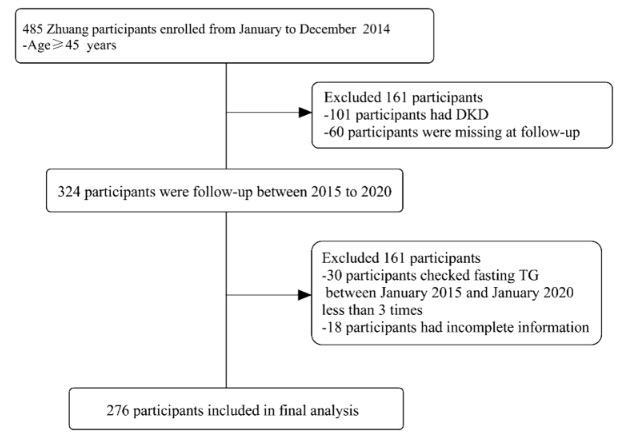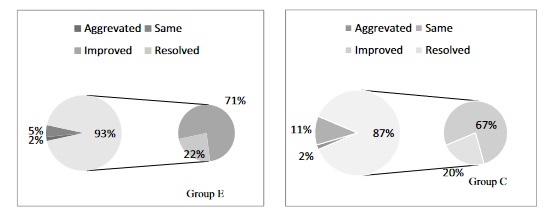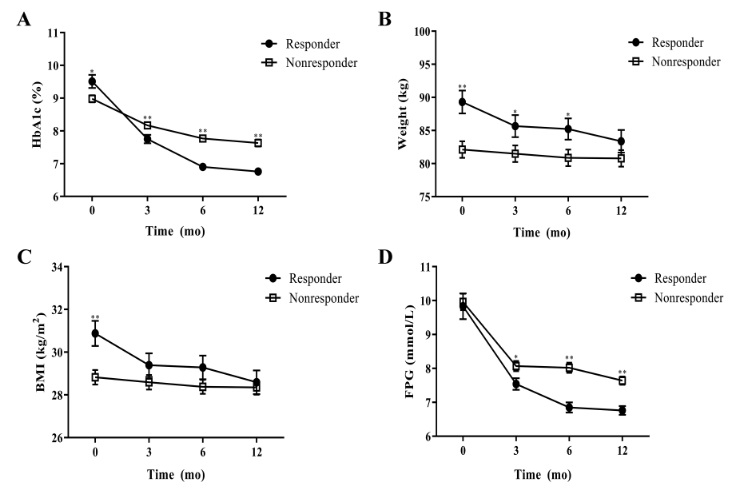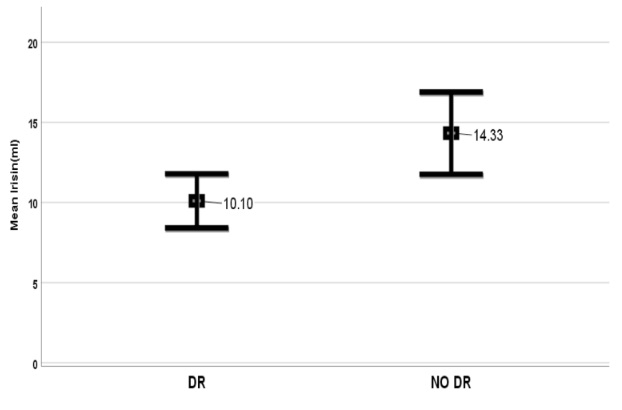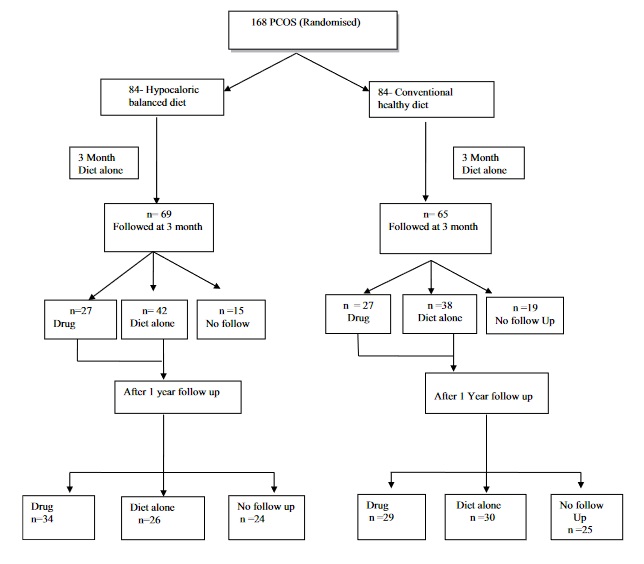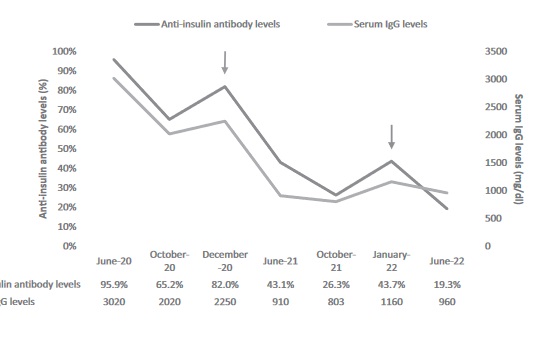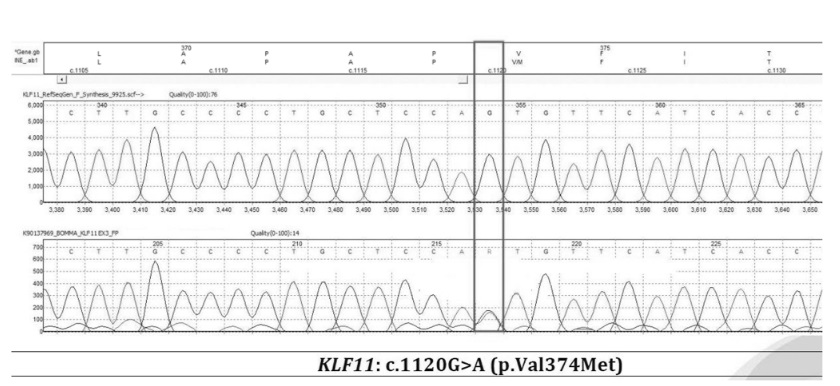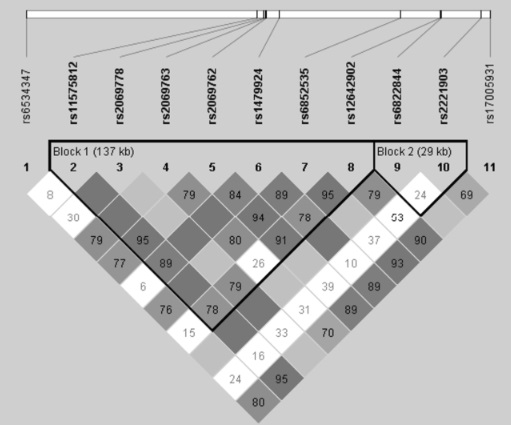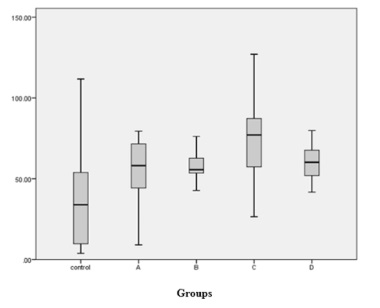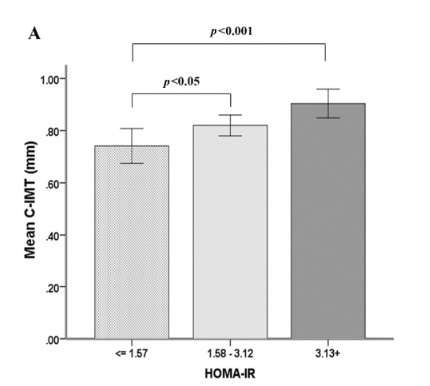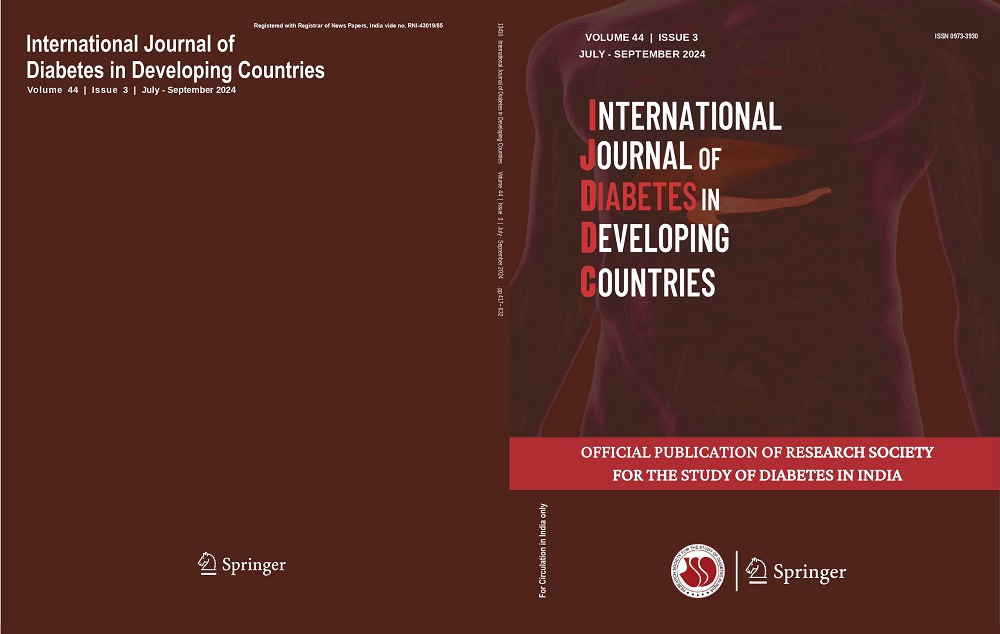April - June, 2024 • Vol. 44 • # 2
RSSDI endorses the IDF Position Statement on 1 h post load plasma glucose for diagnosis of intermediate hyperglycemia and type 2 diabetes
The Oral Glucose Tolerance Test (OGTT) first introduced in 1923 by Jerome Conn continues to be the “gold stand- ard” for diagnosis of diabetes and prediabetes in most parts of the world.
The association between enterovirus (EV) infection and the risk of type 1 diabetes: a meta-analysis
The present systematic review was aimed to explore the possible relationship between enterovirus (EV) infection and type 1 diabetes (T1D) as an autoimmune disease.
Genetic screening for pathogenic variants in type 2 diabetes of the Arab Gulf population: A systematic review and meta-analysis
The Arab Gulf is highly vulnerable to T2DM and its serious consequences. The manner in which these popula- tions respond to such alterations in their surroundings may largely be governed by their genetic makeup.
Effects of exercises and manual therapy on nerve conduction studies of lower limb in patients with diabetes and diabetic peripheral neuropathy : A systematic review
Diabetes and related peripheral neuropathy result in various sensory and motor complications. Such changes are documented early and more precisely in nerve conduction studies than in clinical evaluation and quantitative sensory testing. Different exercises and mobilization also affect the same differently.
Association of microalbuminuria with left ventricular diastolic dysfunction in type 2 diabetes mellitus
Diabetes mellitus is an important independent risk factor for the development of cardiovascular and renal disease which has been the cause of death in majority of the diabetic population. Albuminuria has been shown to predict cardiovascular morbidity and mortality in diabetics.
The risk factors of early arterial stiffness in type 2 diabetes without diabetic macroangiopathy
Type 2 diabetes exposes the body to a state of high blood sugar for a long time and causes varying degrees of hardening of the arteries, making it more prone to cardiovascular emergencies.
Diabetic keto-acidosis in pancreatic diabetes – how is it different from DKA in type 1 or type 2 DM?
We did a retrospective record-review of patients admitted with DKA from 2017 to 2022. Clinical and biochemical characteristics were compared among DKA cases in type 1 DM (T1DM), type 2 DM (T2DM), and T3DM. Logistic regression was performed to find independent predictors of death and DKA complications.
Achieving lipid goals in type 2 diabetic patients with dyslipidemia: barriers to treatment-the patient perspective
Statin treatment compliance and achieving target levels differ between populations. This study aimed to determine the status of achieving the lipid targets and evaluate patients’ compliance to statin treatment in type 2 diabetic patients with dyslipidemia
Triglyceride variability affects diabetic kidney disease in middle-aged and elderly people with type 2 diabetes mellitus in the Guangxi Zhuang population
Our objective is to investigate the influence of variability in triglyceride levels on DKD incidence in a middle-aged to elderly Chinese Zhuang population with type 2 diabetes mellitus
Unpacking the burden of hypertension and diabetes in Karnataka: implications for policy and practice based on NFHS-5 findings
To investigate the prevalence, risk factors, and healthcare-seeking patterns of hypertension and diabetes in Karnataka, India, and to offer knowledge that might guide public health initiatives intended to lessen the burden of these illnesses.
Nutrition Health interventions and Quality of life following Mini Gastric Bypass surgery - a randomized control trial
Laparoscopic mini gastric bypass (LMGB) bariatric surgery, characterized by a single ante colic gastro-jejunostomy (GJ) anastomosis procedure, requires specialized post-surgery care.
Usefulness of the Hypoglycemia awareness questionnaire in characterizing the Hypoglycemia events, proactive behaviors, and healthcare services used in patients with type 2 diabetes treated with insulin
Hypoglycemia is a serious complication of type 2 diabetes (DM2), but its severity and incidence and the healthcare services used are usually underreported in clinical practice. We aimed to describe the severity and frequency of hypoglycemia episodes, the proactive behaviors adopted, and healthcare services used by administering the Hypoglycemia Awareness Questionnaire (HypoA-Q).
Predictors of glycemic and weight responses to exenatide in patients with type 2 diabetes mellitu
This study aimed to identify reliable predictors of haemoglobin A1c (HbA1c) reduction and weight loss within 6 months after treatment with exenatide.
Effect of dapagliflozin on the triglyceride-glucose index and the atherogenic index of plasma used as markers of atherosclerosis in patients with type 2 diabetes mellitus
Atherogenic index of plasma (AIP) and triglyceride-glucose (TyG) index are inexpensive and non-invasive markers with high predictive value for early detection of cardiovascular disease in DM patients. Herein, dapagliflozin reduced the AIP and TyG and caused positive cardiovascular effects in patients with type 2 diabetes mellitus (T2DM).
A study on clinical profile of diabetes mellitus in COVID-19 patients, hyperglycemia management, and risk assessment for mortalit
Diabetes mellitus is an immune compromised state and Covid-19 an infection associated with immune dysregulation. This study was conducted to appreciate the factors which may contribute to increased morbidity and mortality in people with Diabetes.
The role of serum level of irisin in diabetic retinopathy
Diabetes retinopathy (DR) is one of the top listed world health issues. Screening is usually advised for diabetic cases on a routine basis. However, there is only partial access to ophthalmologists in all parts of the world. Irisin is a myokine that is being investigated for this reason. Our study aims to assess the role of irisin in detecting DR.
Isocaloric diet is as effective as the hypocaloric diet in ameliorating symptoms in PCOS patients
There is no randomized study comparing the isocaloric (ICHD) and hypocaloric diet (HCD) in PCOS subjects.
Oral semaglutide significantly reduces low-density lipoprotein cholesterol level
Oral semaglutide is a glucagon-like peptide-1 (GLP-1) receptor analog to control the plasma glucose level of patients with type 2 diabetes mellitus (T2DM) by increasing insulin secretion from pancreatic β cells and reducing glucagon secretion from the pancreatic α cell
Severe hypoglycemia due to insulin auto-antibodies of newly diagnosed multiple myeloma : A case report
Insulin autoimmune syndrome (IAS) is a rare condition that can be overlooked in the differential diagnosis of hypoglycemia. Hematologic malignancies such as multiple myeloma (MM) have been associated with IAS. Very few cases of IAS due to multiple myeloma have been reported in the literature. We wanted to present our case who applied to our clinic with severe hypoglycemia and was diagnosed with multiple myeloma-associated IAS.
Association of adipokine levels and insulin resistance in prediabetes: hospital-based descriptive study in a tertiary care hospital in North Kerala
Increasing evidence revealed the role of adipokines in carbohydrates and fat metabolism. The present study was designed to evaluate the adiponectin, leptin, and resistin levels in prediabetes subjects and evaluate the relationship between these adipokines and insulin resistance.
Glycated albumin as a surrogate marker for prediabetes: a cross-sectional study
Oral glucose tolerance test (OGTT) and glycated haemoglobin (HbA1c) have many limitations in diagnosing prediabetes. Glycated albumin (GA) estimation can be a potential tool for its early diagnosis. The present study aims to analyze the diagnostic efficacy of GA to identify prediabetes.
Targeted next-generation sequencing for maturity onset diabetes of the young (MODY) in a South Indian cohort of type 1 diabetes mellitus patients with preserved C-peptide
MODY (maturity onset diabetes of the young) is a rare, monogenic, autosomal dominant form of diabetes occurring in young (< 25 years) individuals. It has a wide phenotypic variability and can be misdiagnosed as type 1 diabetes mellitus (T1DM).
Family-based association of 4q27 chromosomal region covering IL2-IL21 genes with type 1 diabetes (T1D) - a study of genetic risk factors
Pancreatic beta cell destruction is a hallmark of type 1 diabetes (T1D), a heterogeneous disorder with a wide range of potential causes. T cell activation molecules have been shown to play an important role in the development of T1D, according to the majority of studies.
The effect of atorvastatin on the concentrations of methylglyoxal, glyoxalase 1, and aldo–keto reductase family 1 member B10 in patients with type 2 diabetes mellitus and prediabetes
Type 2 diabetes mellitus (T2DM) is often associated with metabolic disorders. Statin drugs are potent inhibitors of cholesterol biosynthesis.
β cell function and insulin resistance have gender-specific correlations with carotid intima-media thickness in type 2 diabetes
The relationships between carotid intima-media thickness (C-IMT) and β cell function and insulin resistance in patients with type 2 diabetes (T2D) have not been fully elucidated. This study is to investigate whether impaired glucose metabolism is etiologically associated with C-IMT in patients with T2D.
